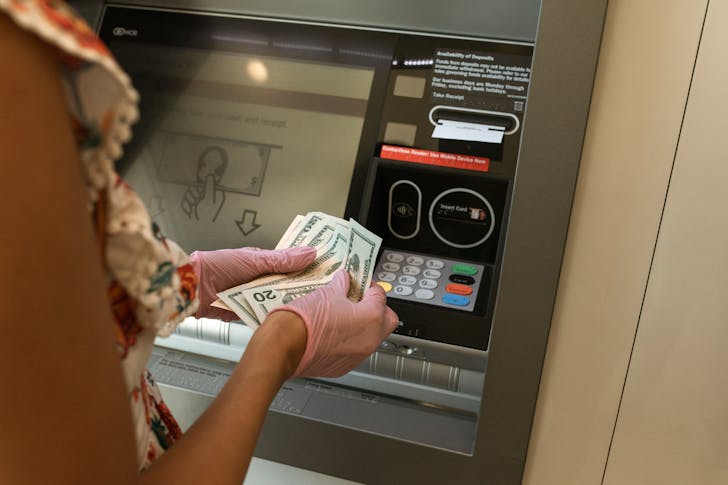Have you ever wondered how to start an ATM business and why it’s gaining traction as a profitable venture? You’re not alone. According to recent statistics, the global ATM market reached USD 20.18 billion in 2020 and is expected to grow steadily in the coming years. People still rely heavily on cash, and the convenience of accessing it on the go remains crucial, creating a steady demand for ATMs.
Despite the technological advancements in digital payments, physical currency will always be needed. An ATM business promises predictable income streams, low maintenance costs, and flexibility, making it appealing to those seeking a reliable yet scalable venture. This guide will walk through the essential steps needed to start an ATM business, from market research to marketing strategies. Let’s dive into this exciting opportunity!
Why Consider Starting an ATM Business?
ATM businesses offer many advantages, including predictable income streams, minimal maintenance, and flexible work hours. These factors make it an appealing option for entrepreneurs looking for a steady revenue source with relatively low ongoing operational demands.

RDNE Stock project | Pexels | ATM businesses offer many advantages, including predictable income streams, minimal maintenance, and flexible work hours.
Importance of a Well-Planned Strategy
Before embarking on this journey, it’s crucial to understand the importance of a well-thought-out strategy. A solid plan helps mitigate risks, such as cash flow issues and customer complaints and supports systematic business expansion. Moreover, it aids in staying organized, ensuring that you can track progress and maintain efficiency.
How to Start an ATM Business in 5 Steps
1. Conduct Market Research
Begin by understanding your initial costs and projected returns. Research the expenses of purchasing or leasing ATM machines and consider installation and maintenance fees. Identify your target market and evaluate local demand to determine the best types of ATMs and ideal locations. Study your competitors to strategize effectively on where to place your ATMs and how to differentiate your services.
2. Complete Legal and Financial Requirements
The legal setup of your business is fundamental. Choose a business structure—be it a sole proprietorship, partnership, or limited liability company (LLC).

RDNE Stock project | Pexels | Register your business, secure an ATM business license, and acquire necessary permits from local, state, and federal authorities.
Register your business, secure an ATM business license, and acquire necessary permits from local, state, and federal authorities. Set up a business bank account to manage finances distinctly from personal funds, and don’t overlook the importance of securing comprehensive business insurance to protect against potential liabilities.
3. Choose the Right ATM Machine
Selecting the appropriate ATM machine is critical. Assess the types available, focusing on features that meet your business needs—cash handling, card types accepted, and security features. Compare machines and suppliers to ensure you invest in reliable, cost-effective equipment that suits your operational requirements.
4. Install and Operate the ATM Machines
Installation is more than just placing a machine at a location. It involves securing the ATM robustly and connecting it to power sources and networks. After installation, set up and manage the software, ensuring it runs smoothly and efficiently. Regular maintenance is essential to keep the machine operational and secure.

RDNE Stock project | Pexels | After installing the ATM, set up and manage the software to ensure it runs smoothly and efficiently.
5. Market and Promote the ATM Business
Develop a marketing strategy tailored to your target audience. Consider additional services that might enhance customer convenience, such as mobile banking or bill payments. Implement a customer loyalty program to build engagement and retain users. Marketing efforts should focus on increasing visibility and driving usage to maximize profits.
By following these steps diligently, you can establish a successful ATM business that meets the cash needs of consumers and provides a steady and reliable income for you as an entrepreneur.










